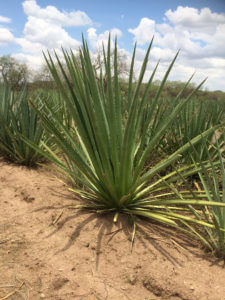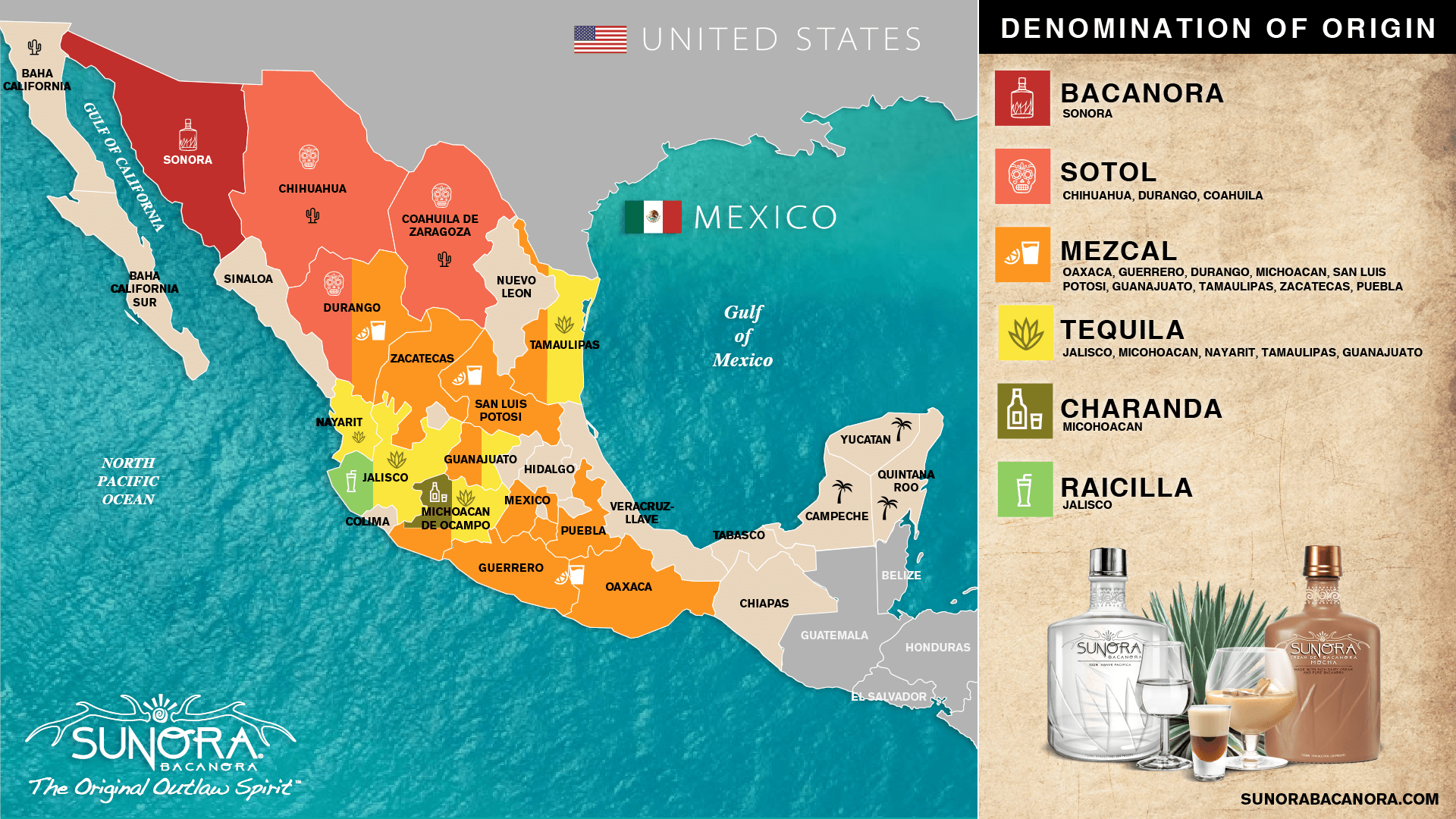What is Bacanora?
 Born in the Mexican state of Sonora, Bacanora is the bold, agave-based spirit that’s rapidly growing in popularity among Tequila and Mezcal enthusiasts throughout Mexico — and now the United States.
Born in the Mexican state of Sonora, Bacanora is the bold, agave-based spirit that’s rapidly growing in popularity among Tequila and Mezcal enthusiasts throughout Mexico — and now the United States.
Grown and produced exclusively in the Sonora Mexico region, bacanora is handcrafted in small batches and made from a special agave plant, indigenous to the region known as Angustifolia Haw, or agave Pacifica. This distinctive variety of agave, along with Sonora’s unique soil and climate conditions, are what differentiates the rich, smoky flavor of bacanora from its popular Mexican cousins, tequila and mezcal.
The seductive taste of bacanora has caused quite a stir since it was first introduced more than 300 years ago in what’s now known as the state of Sonora, Mexico. Smoother than mezcal, smokier than tequila – yet just as powerful as either – bacanora boasts a history as complex as its flavor and wild as its spirit.




 Similar to the American backwoods moonshiners, bacanora distillers were forced into the shadows to secretly produce their recipe in hidden stills. Their customers, fearful of getting arrested, would often hide bottles in the backs of closets or under loose floorboards — creating bacanora’s infamous reputation as “The Secret of Sonora”. But as the years went by, and the popularity of tequilas and mezcals continued to skyrocket in both Mexico and the U.S., the government caved. In 1992, after almost 100 years of prohibition, the Sonoran government lifted the ban.
Similar to the American backwoods moonshiners, bacanora distillers were forced into the shadows to secretly produce their recipe in hidden stills. Their customers, fearful of getting arrested, would often hide bottles in the backs of closets or under loose floorboards — creating bacanora’s infamous reputation as “The Secret of Sonora”. But as the years went by, and the popularity of tequilas and mezcals continued to skyrocket in both Mexico and the U.S., the government caved. In 1992, after almost 100 years of prohibition, the Sonoran government lifted the ban.

